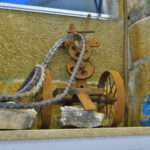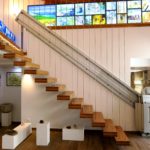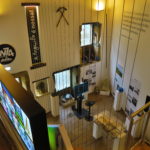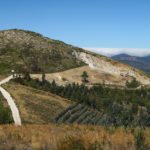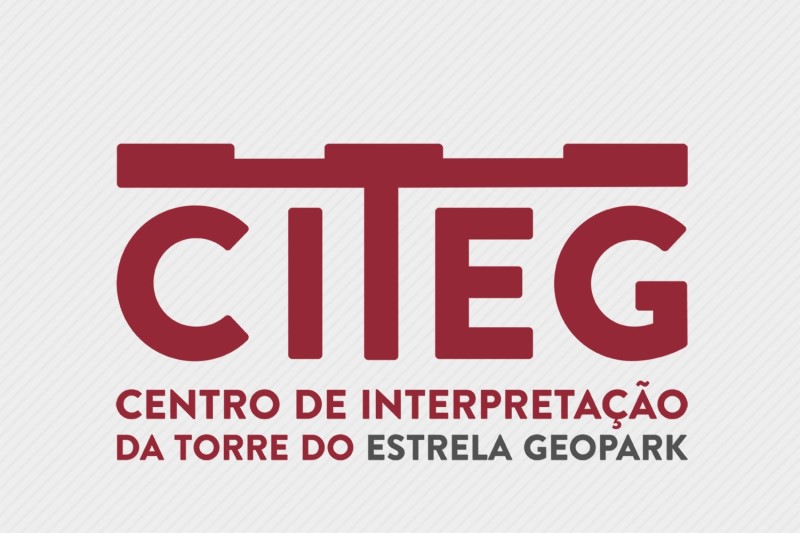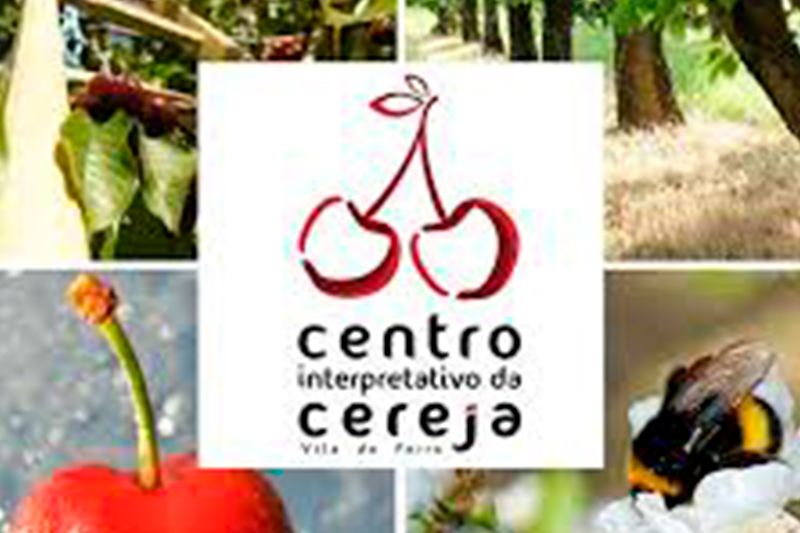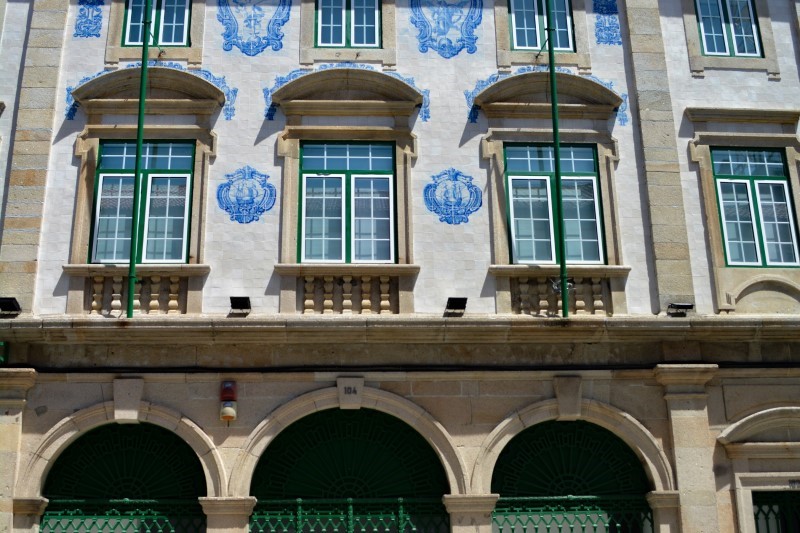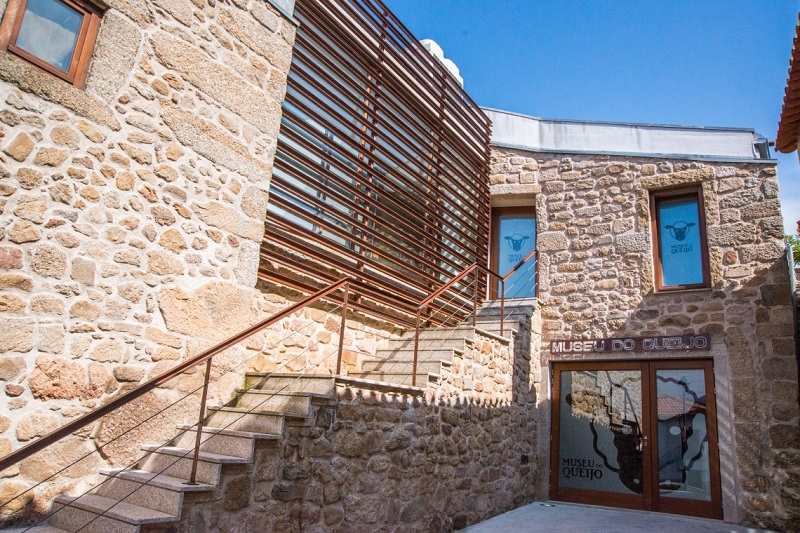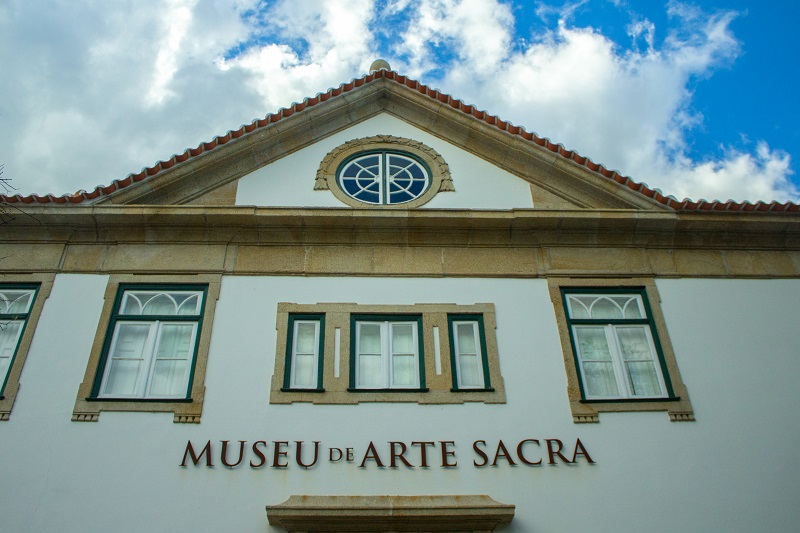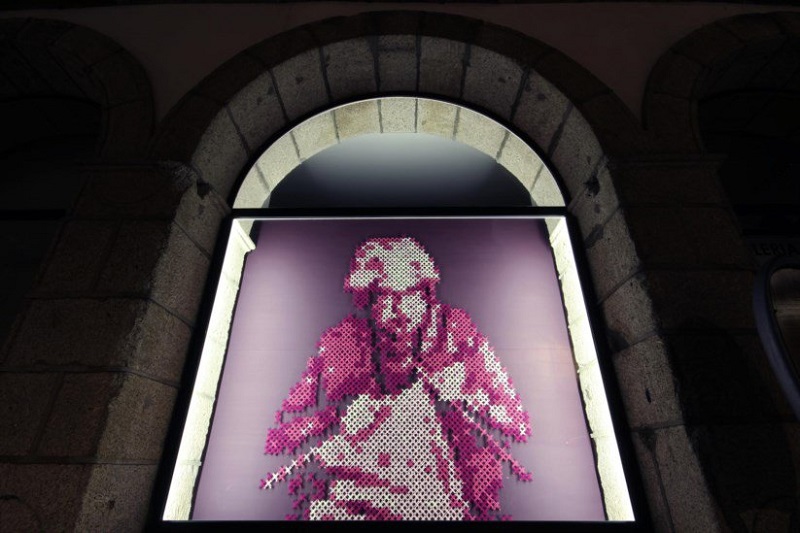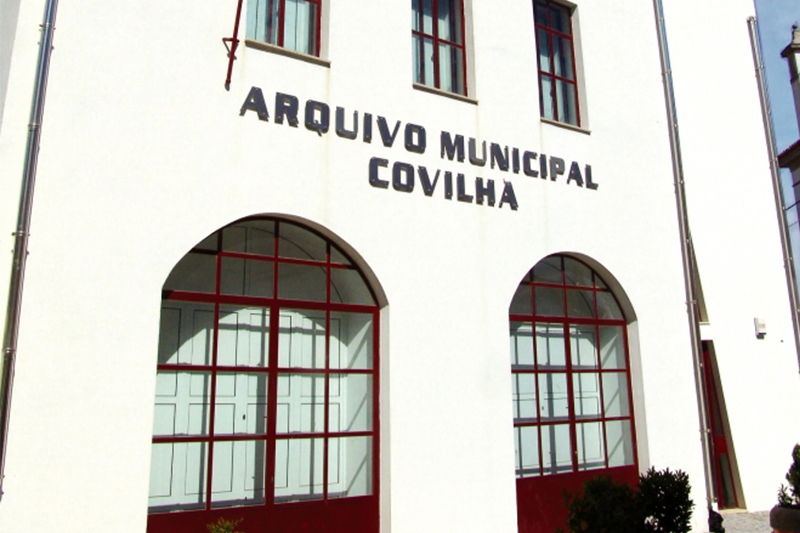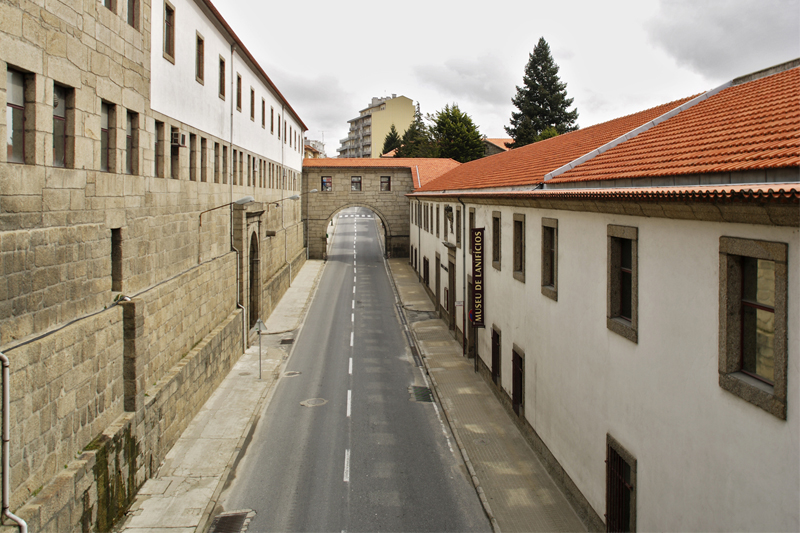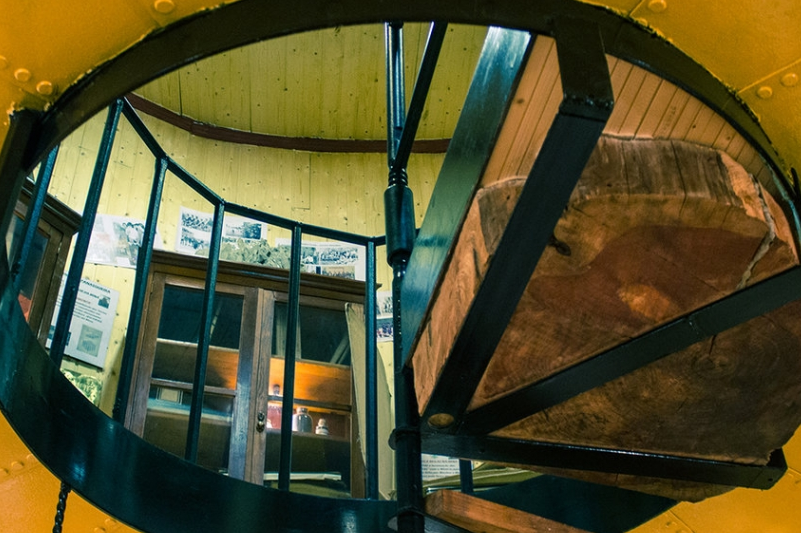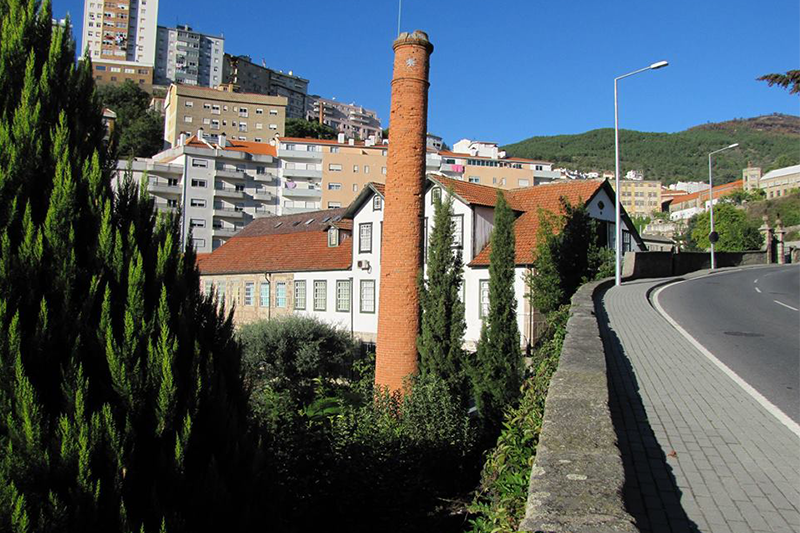Opening Hours
- Tuesday, Wednesday, Thursday and Saturday: 14:00-18:00
- Friday: 10:00-13:00
- Closed: Sunday and Monday
General Information
In the parish of Barco, there are records, documents and historical memory of an ancient time. A time that corresponded to the 30s, 40s and 50s, until the end of the 60s of the last century, of feverish extraction of ore. Made by the “jump and pile” method, without authorization, in alluvial lands along the water lines, or by the “by the kilo” extraction system: the wolframists received authorization from the mine concessionaires to extract the ore, and received a percentage, “per kilo”, of the value of the ore sold.
The extraction and sale of wolfram was banned in June 1944 and although clandestine mining continued, it resumed in 1956, in a business and industrial way with “the English company”, the Argemela Mine, owned by Beralt tin and Wolfram, which interrupted mining in 1961, and with a “German company”, the Recheira Mine, from 1966 to 1971, mostly owned by Walther and Karl Thobe.
The mining activity, in Barco, has unique characteristics and stories. Significant is the fact that, before and during the Second World War, especially after 1940, groups of extractors and wolframists coexisted in the same village, which the Estado Novo authorities tolerated, smuggling, in a dubious policy of neutrality or Germanophilia.
This time, the 40s, 50s and 60s of the last century, is also the time of the population boom and the production of musical signs, local memory, the evolution of uses and customs and local architecture, largely influenced by the two dominant elements of choreography. location: the Argemela mountain range and the Zêzere river.
It is the updated interpretation of this period and of the beginnings of Barco, by audiovisual and mediatized processes, that is shown in the Argemela Interpretation Center.
